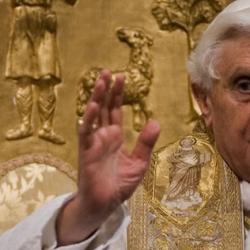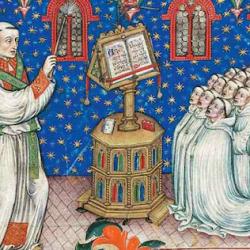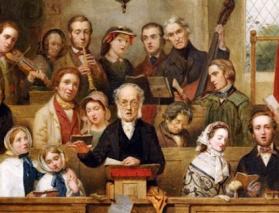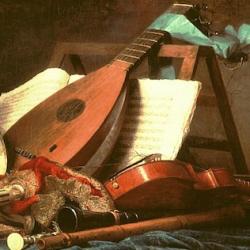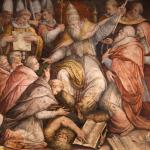Early in his Meaning in Technology (23), Arnold Pacey points to the connections between music and the development of technology. Some of the leaders in the development of machine industry were organ makers, including James Watt.
But the connection between music and technology began much earlier with “the development of machines such as chiming clocks and carillons, and later, by a steady development of musical boxes, barrel organs and toy automata which produced musical sounds.”
As the technology of music changed, so did the music: “There was a transition from the free rhythm characteristic of medieval plainsong and other early music to two-, three-, four-, or six-beat bars.” Though usually explained as a product of the influence of dancing, Pacey thinks that “the influence of mechanical devices should also be considered.” For instance: “When army drill became more rigorous in the seventeenth century, composers were increasingly asked to write music for marching, which of course required a regular beat, and later still, the rate at which soldiers drilled was sometimes checked with a metronome.”






